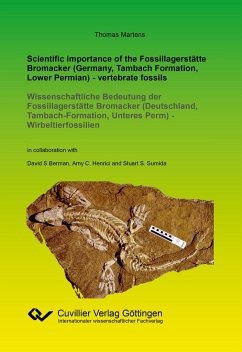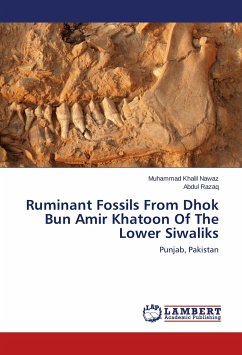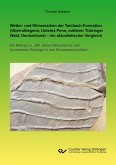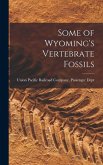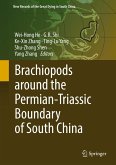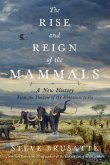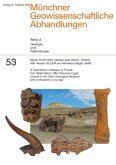Our understanding of the evolution of the earliest terrestrially adapted reptiles and amphibians during the time span 320 to 270 million years ago on the Pangaea supercontinent is known from only very restricted types of fossil localities, most of which are in North America. The fossil locality Bromacker in the Lower Permian Tambach Formation near Tambach-Dietharz (Germany) has developed during the last 25 years with 11 new species to be the most important and productive fossil locality for Lower Permian, terrestrially adapted vertebrates outside USA. The Bromacker locality produces the best preserved terrestrial vertebrate fossils from the Lower Permian time period (about 290 million years ago). The diversity of the fossils indicates that it represents the only fully documented example of an initial stage in the evolution of the modern terrestrial vertebrate ecosystem. The book contains first overview about the importance of the Bromacker with lot of fossil illustrations.
Hinweis: Dieser Artikel kann nur an eine deutsche Lieferadresse ausgeliefert werden.
Hinweis: Dieser Artikel kann nur an eine deutsche Lieferadresse ausgeliefert werden.

